- Home
- Research
New Works

Exploring the Current Implementation and Use of Commercial Platforms in Canadian K-12 Education and the Tetrad of Literacies as a Working Policy Response
Julianna Kowlessar
2025

How Media Literacy Education for Adults Advances Active Listening & Intellectual Humility
AERA Annual Conference

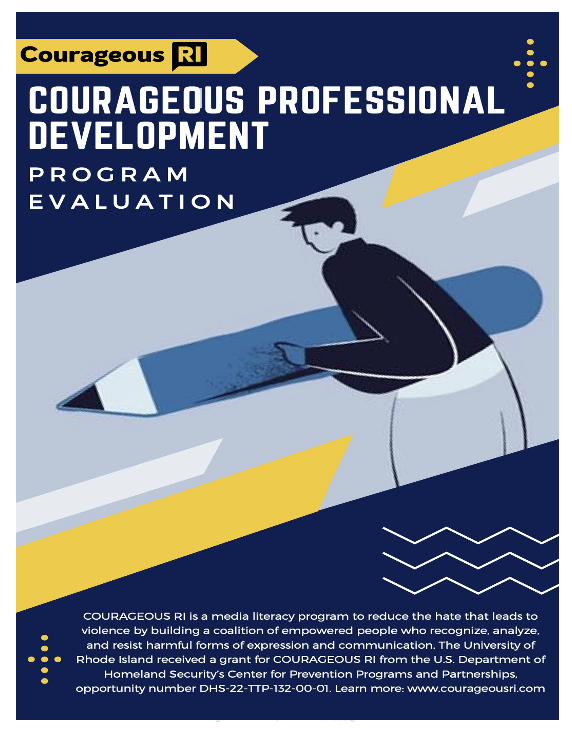
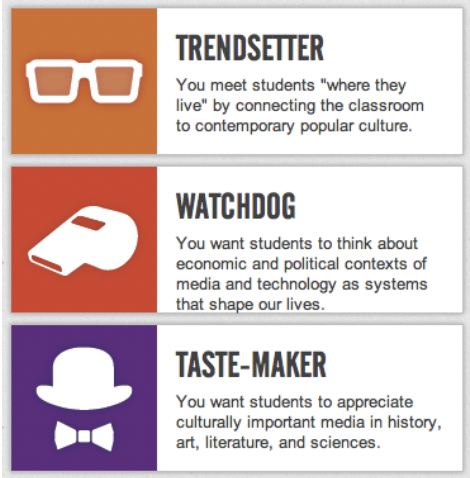
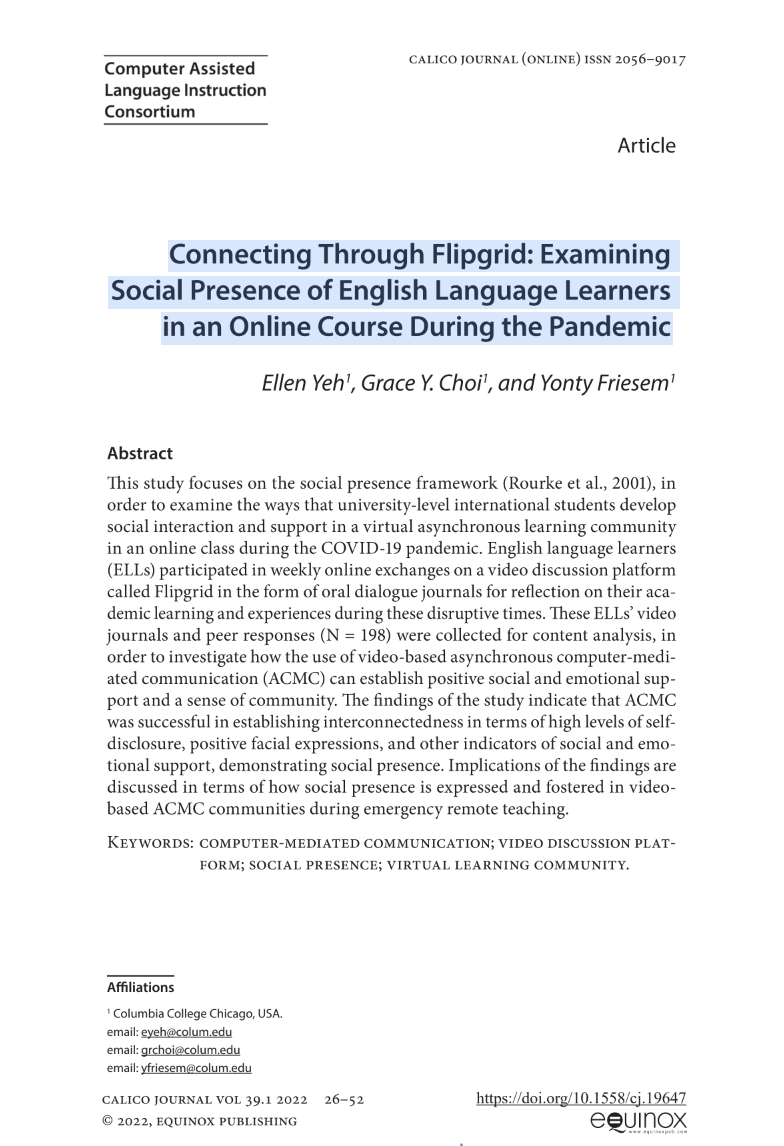
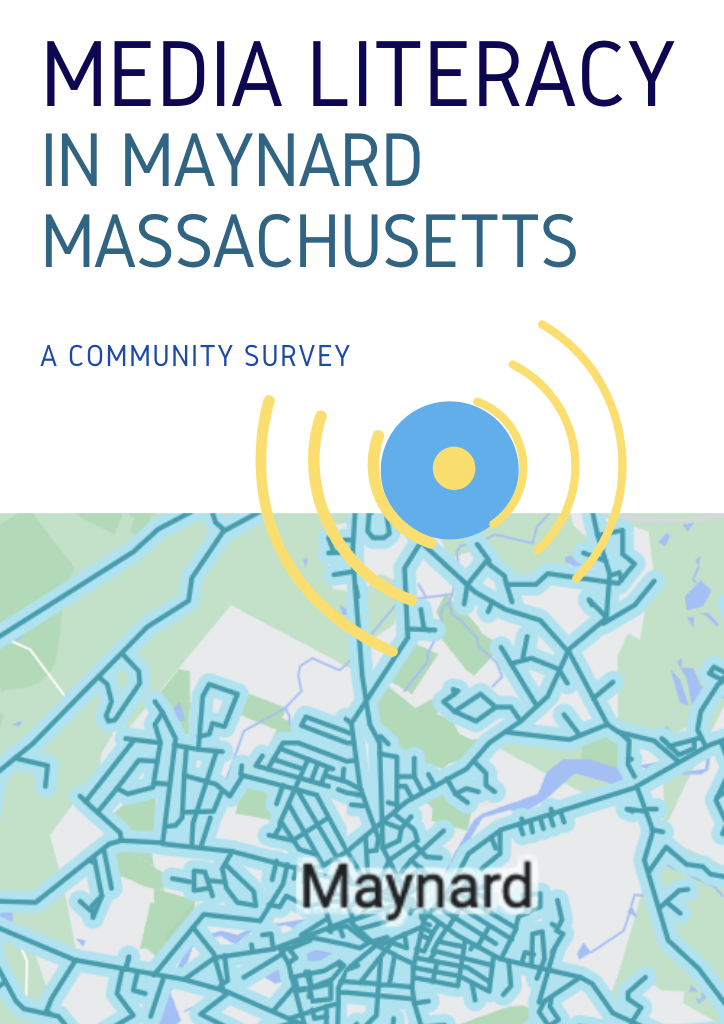
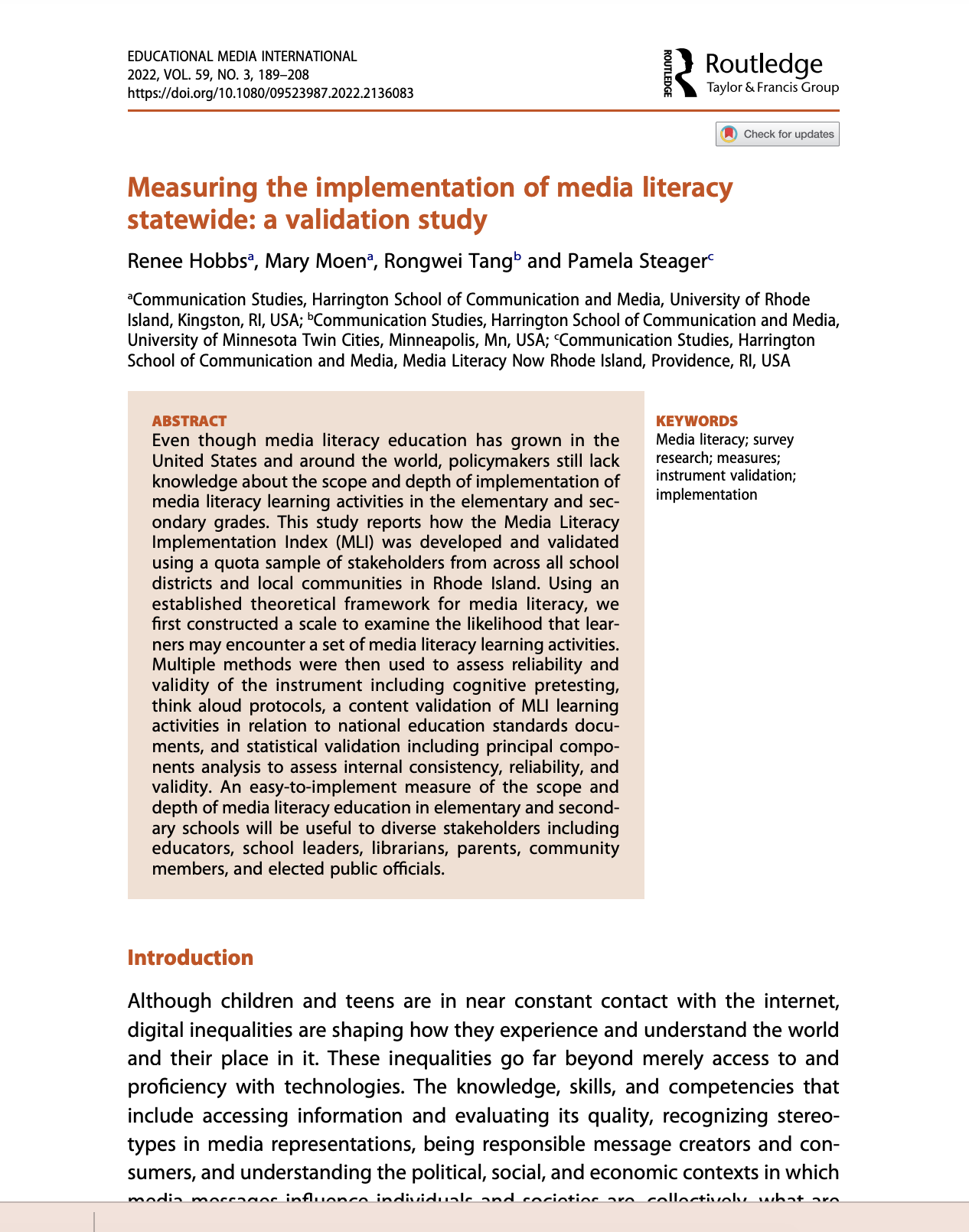
Validation Study: ML Measures
Hobbs, R., Moen, M. Tang, R. & Steager, P.
2022
Educational Media International
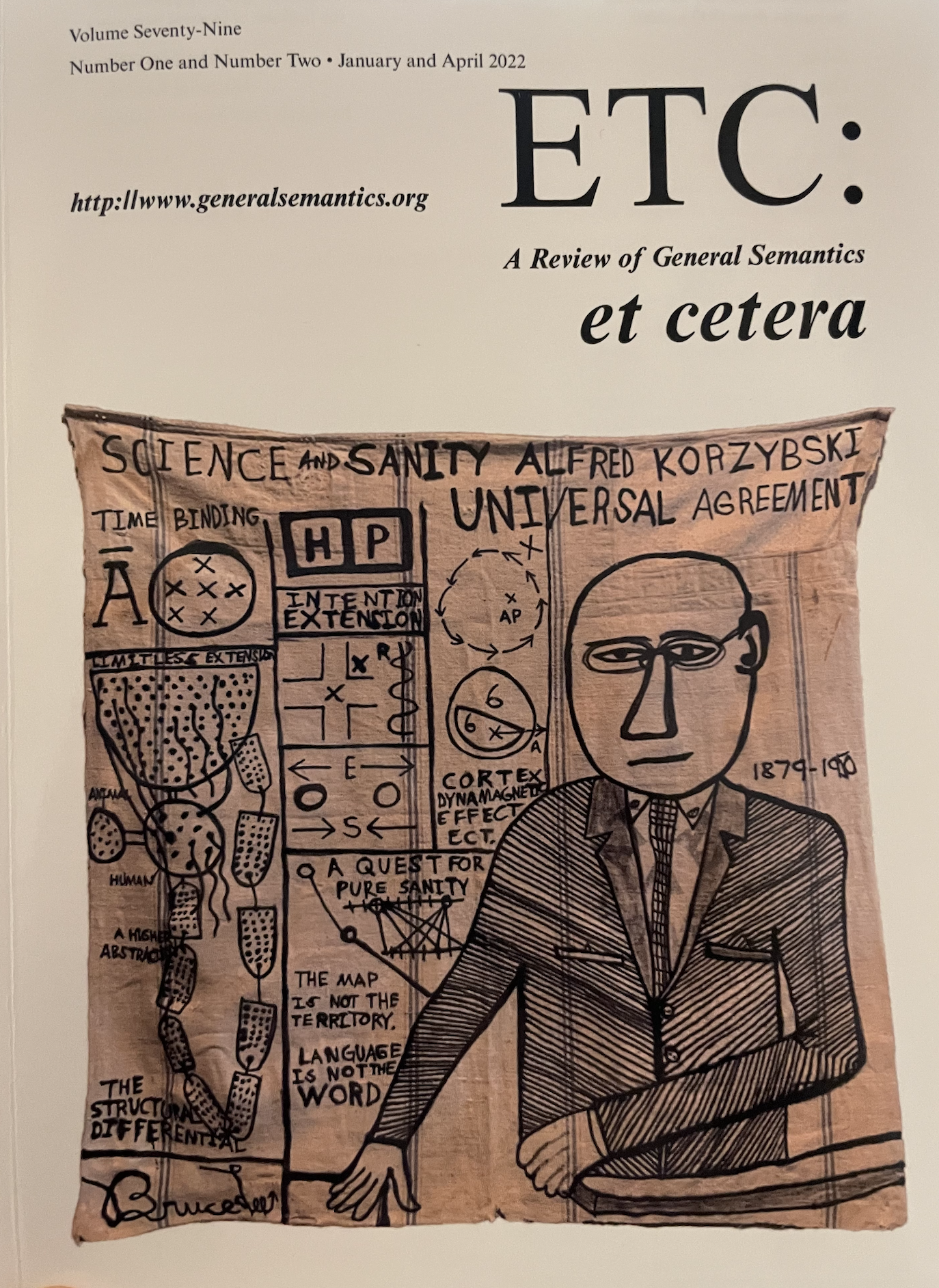
Postman’s legacy in a ‘post-truth’ landscape of algorithmic propaganda
2022
ETC: A Review of General Semantics
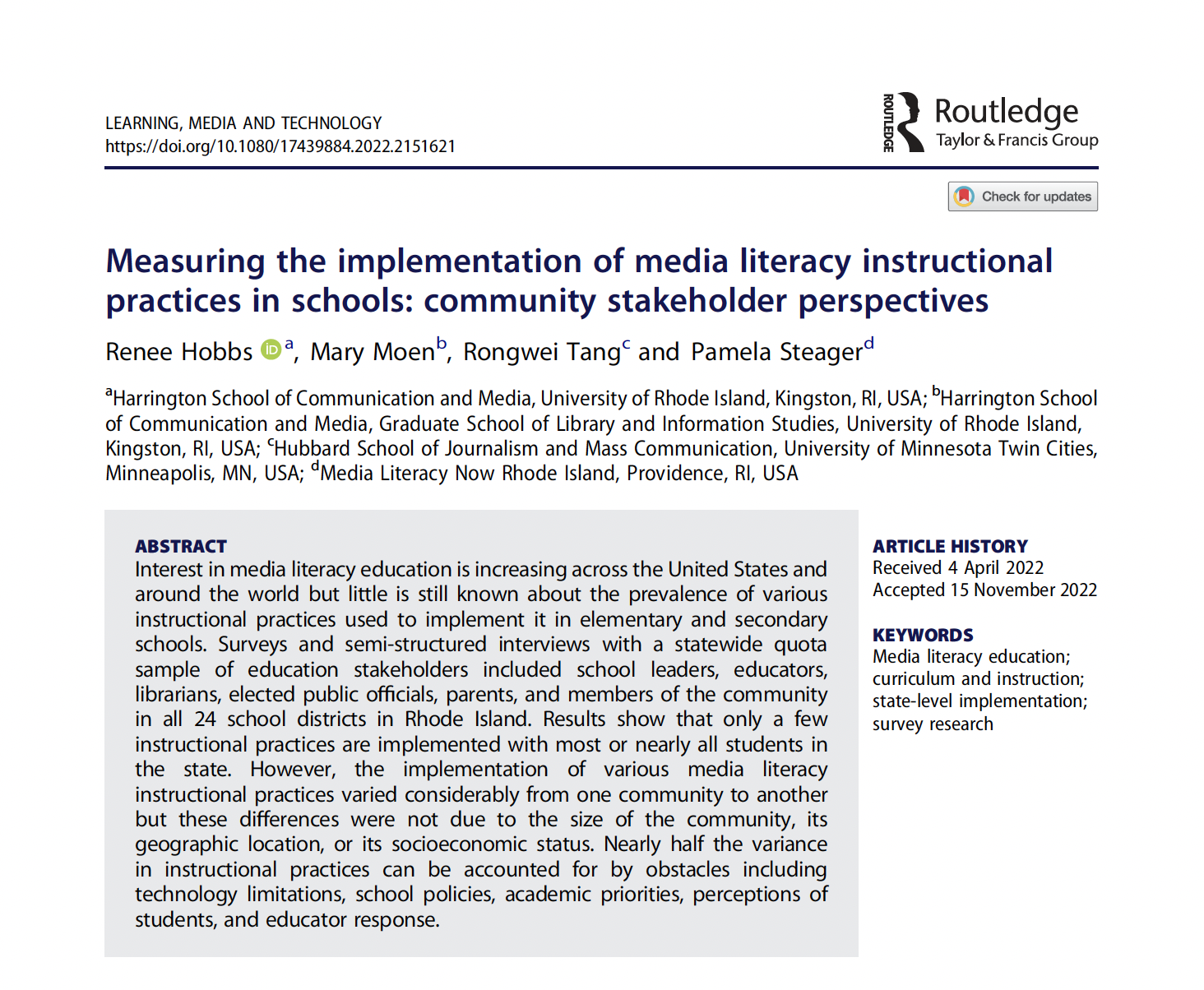
Measuring Media Literacy
Hobbs, R., Moen, M. Tang, R. & Steager, P.
2022
Learning, Media & Technology
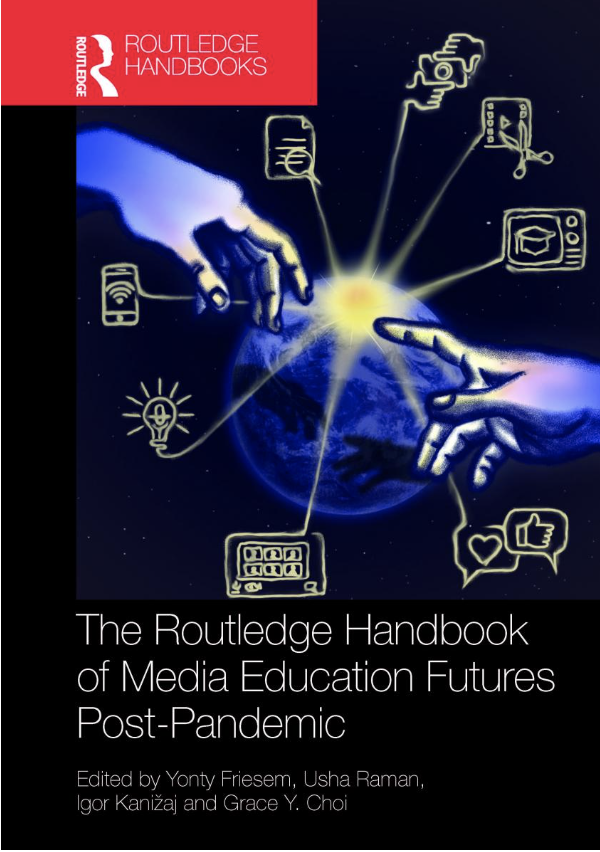
The Routledge Handbook of Media Education Futures Post-Pandemic.
2022
The Routledge Handbook of Media Education Futures Post-Pandemic.
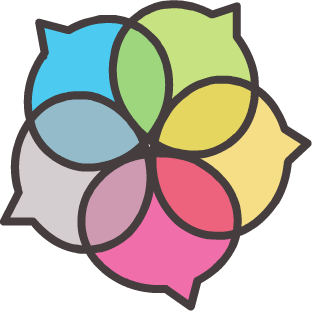
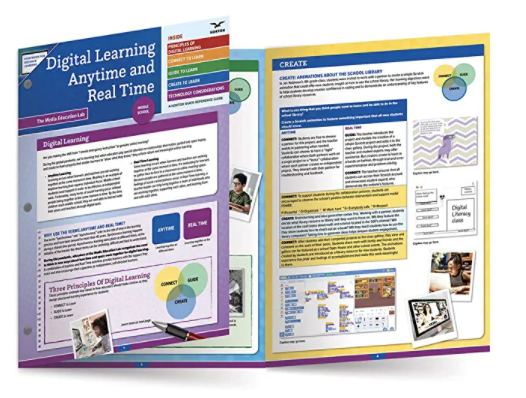
Digital Learning Anytime and Real Time
Friesem, Y., Coiro, J. & Hobbs, R.
2021
Norton Quick Reference Guides
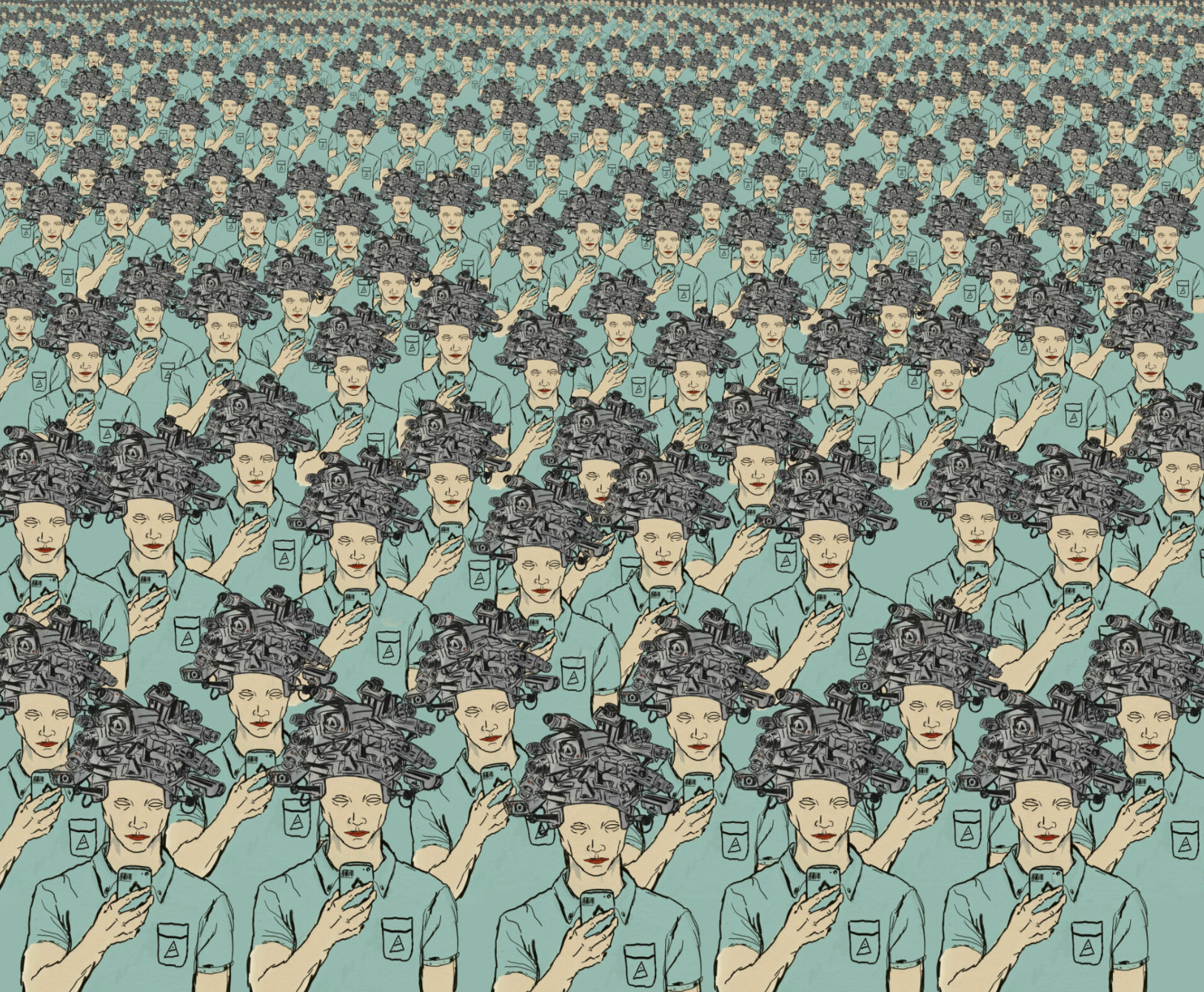
“A most mischievous word”: Neil Postman’s approach to propaganda education
Renee Hobbs
2021
Misinformation Review
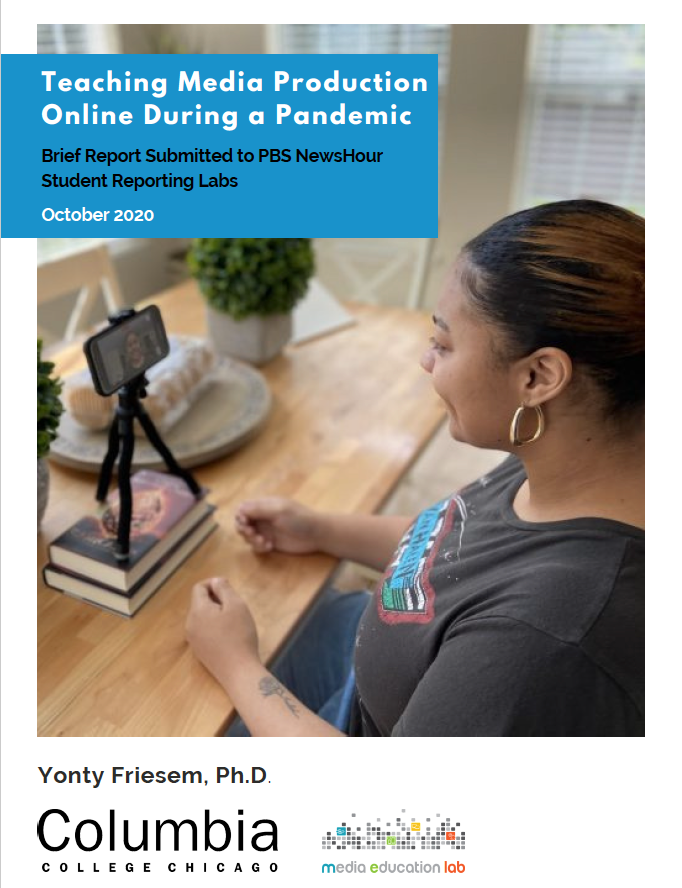
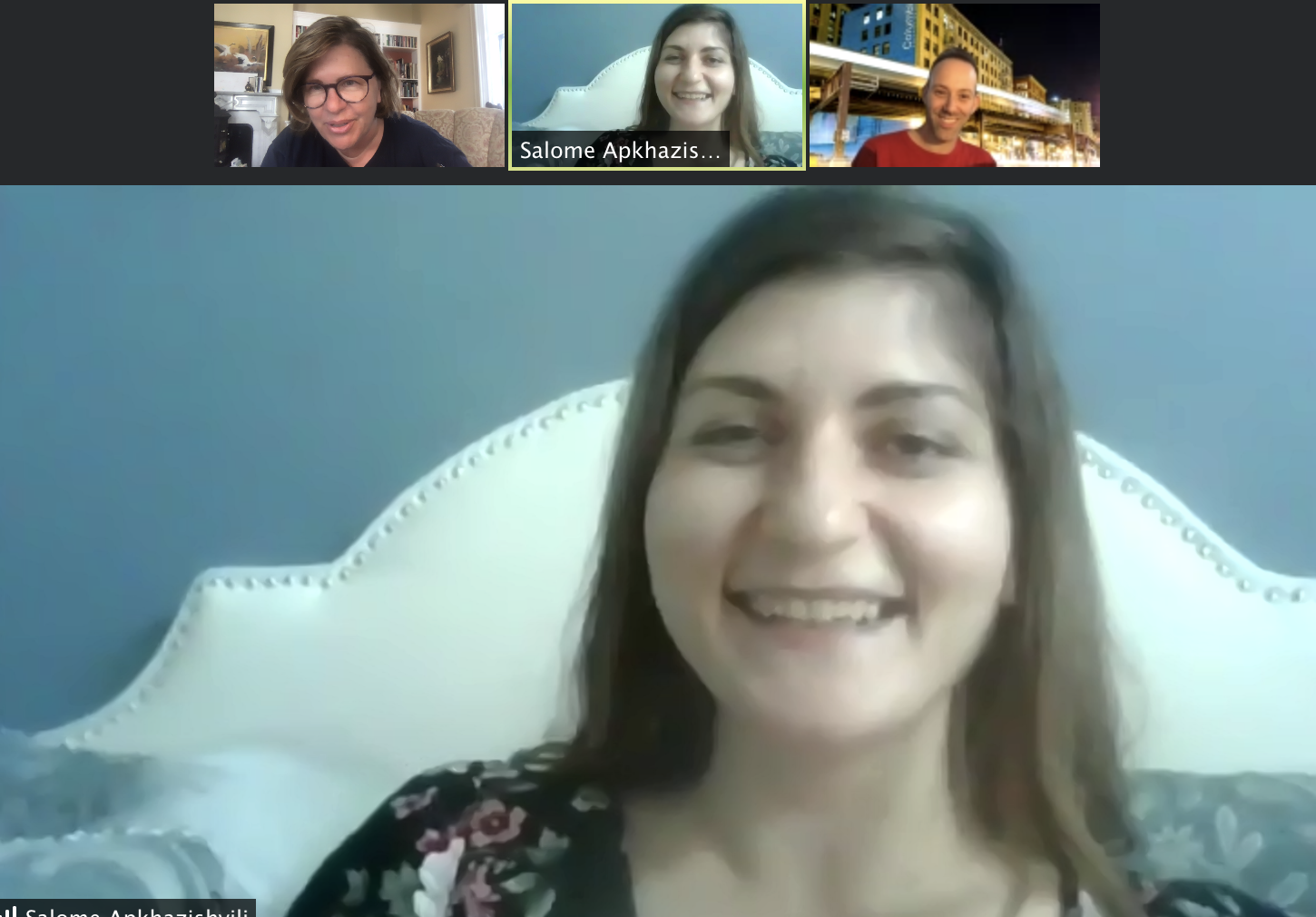
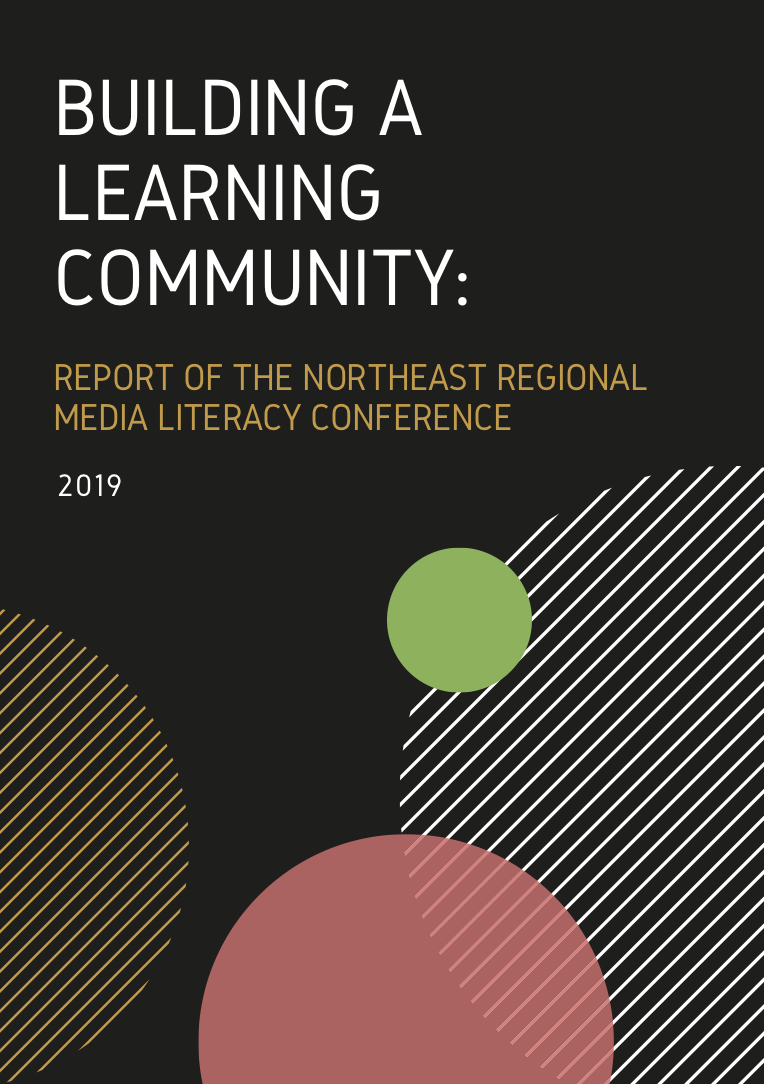
BUILDING A LEARNING COMMUNITY: REPORT OF THE NORTHEAST REGIONAL MEDIA LITERACY CONFERENCE
Fortuna, C., Clapp, S., Unger, J., & Hobbs, R.
2020

Digital Literacy and Propaganda
Hobbs, R., Kanizaj, I. & Pereira, L.
2019
Medijske studije 10(19)
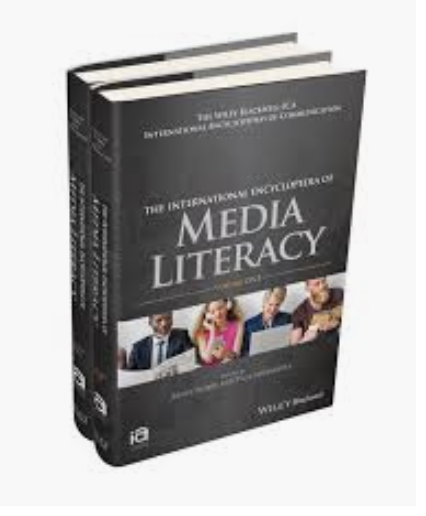
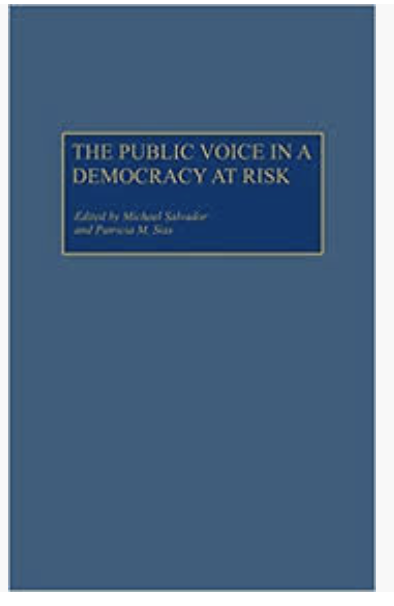
Building Citizenship Skills Through Media Literacy Education
Hobbs, R.
1998
The public voice in a democracy at risk
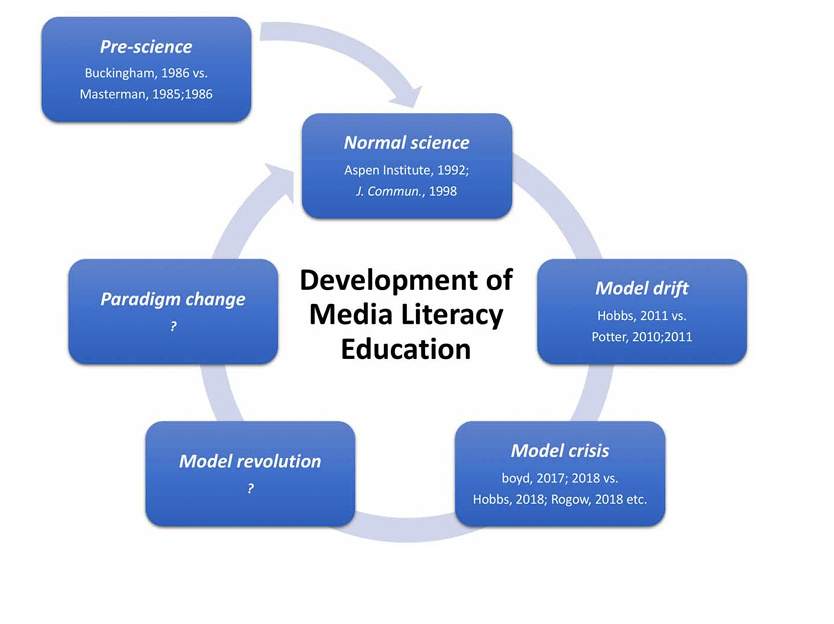
Media Literacy Education in the Era of Post-Truth: Paradigm Crisis
Elizaveta Friesem & Yonty Friesem
2019
Media Literacy Research and Applications Across Disciplines
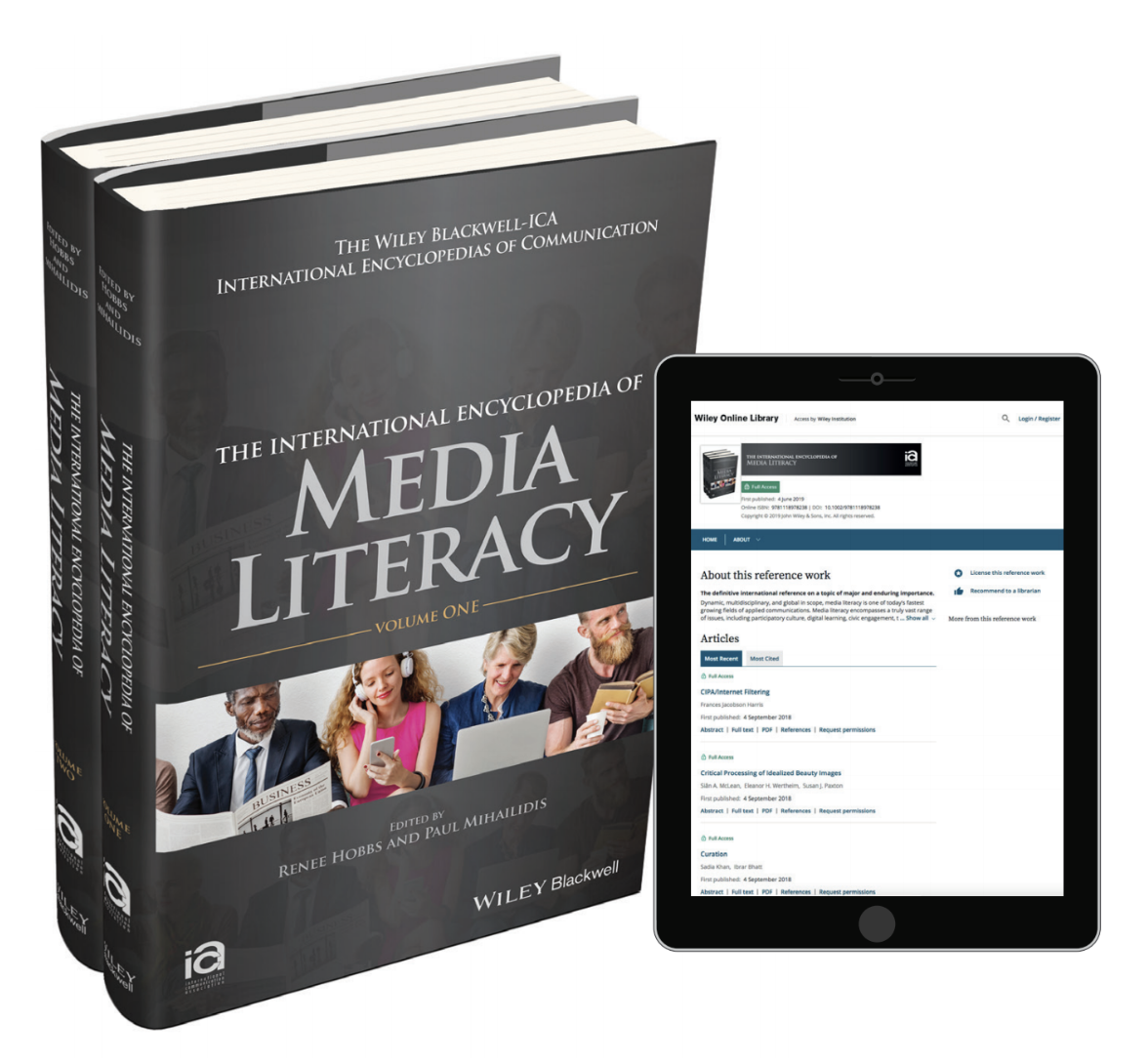
The International Encyclopedia of Media Literacy
Renee Hobbs and Paul Mihailidis (Eds)
2019
Wiley Blackwell and the International Communication Association

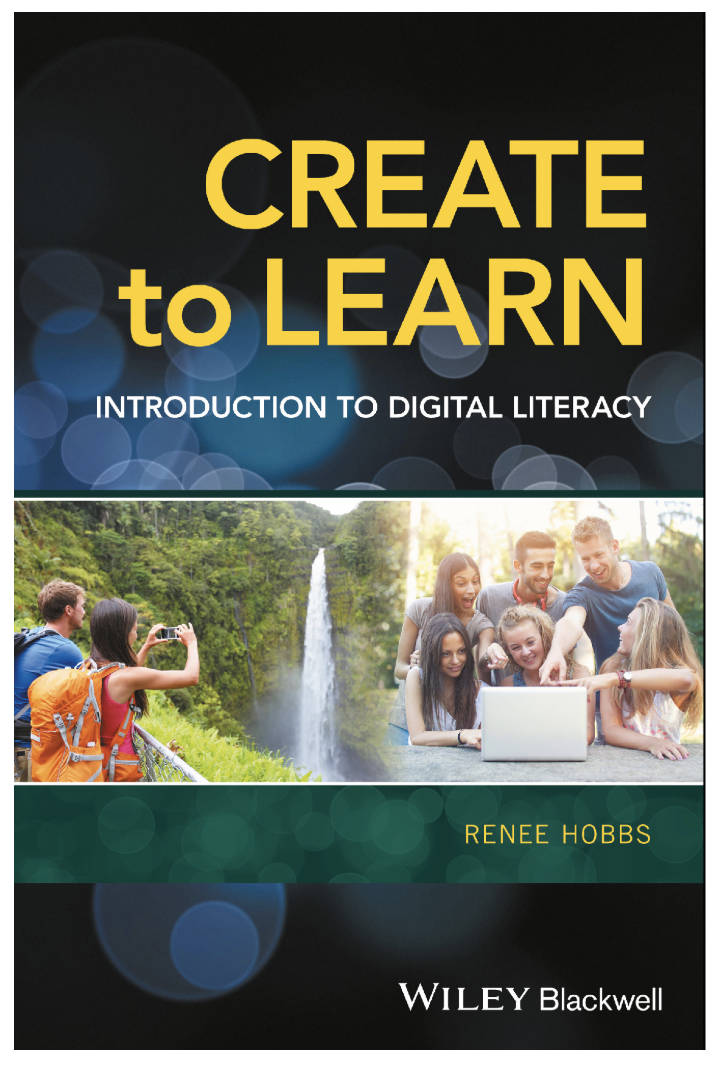
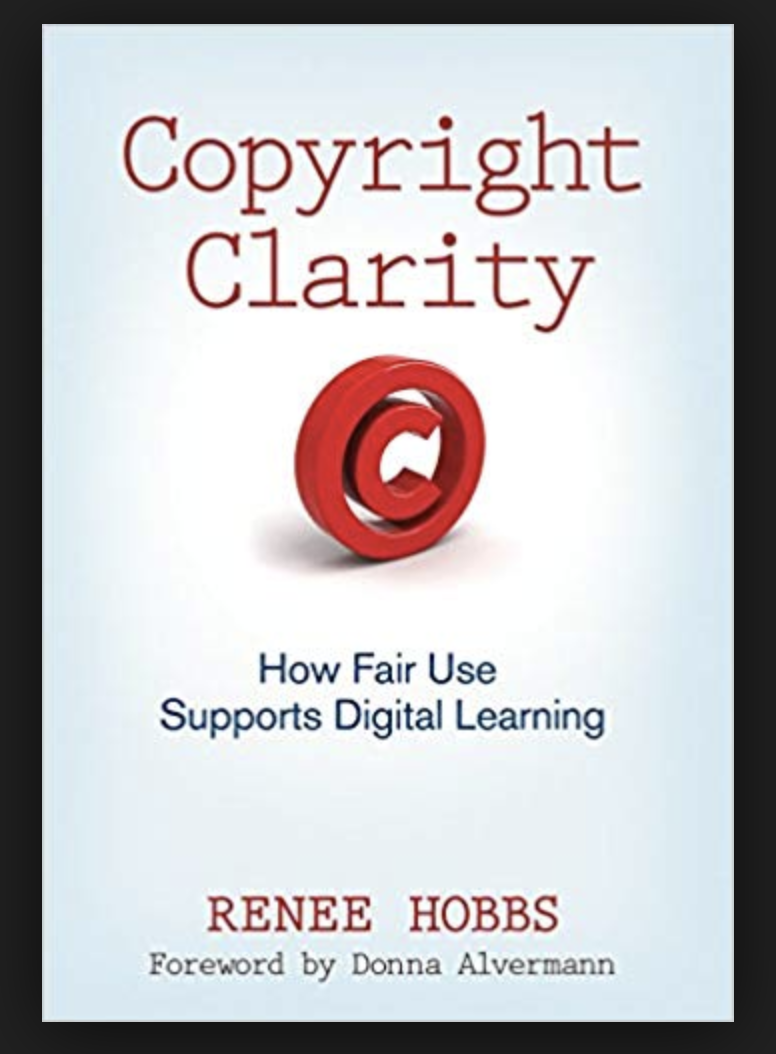
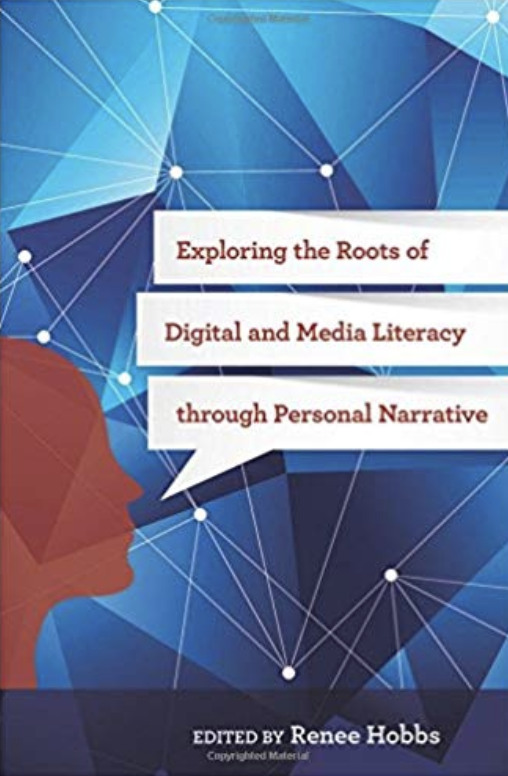
Renee Hobbs on Jerome Bruner
Renee Hobbs
2017
Exploring the Roots of Digital and Media Literacy through Personal Narrative
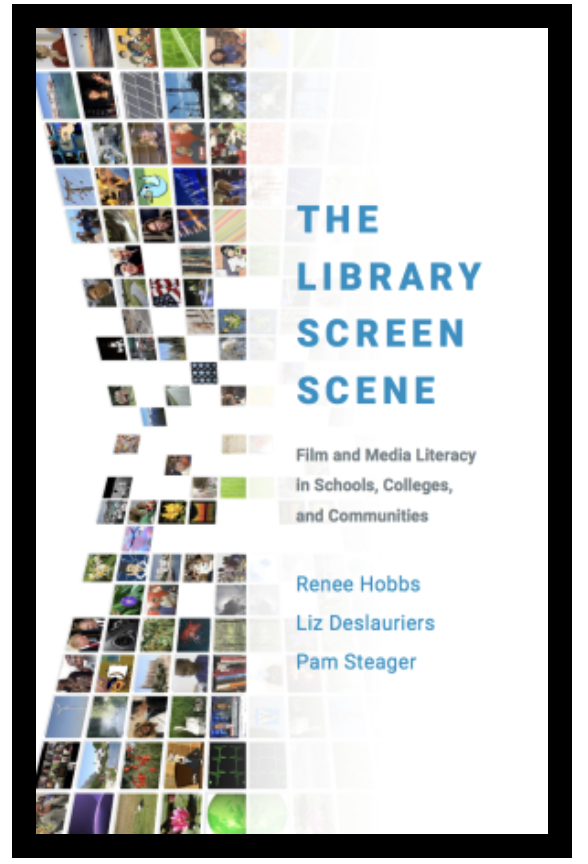
The Library Screen Scene
Renee Hobbs, Liz Deslauriers and Pam Steager
2019
Oxford University Press
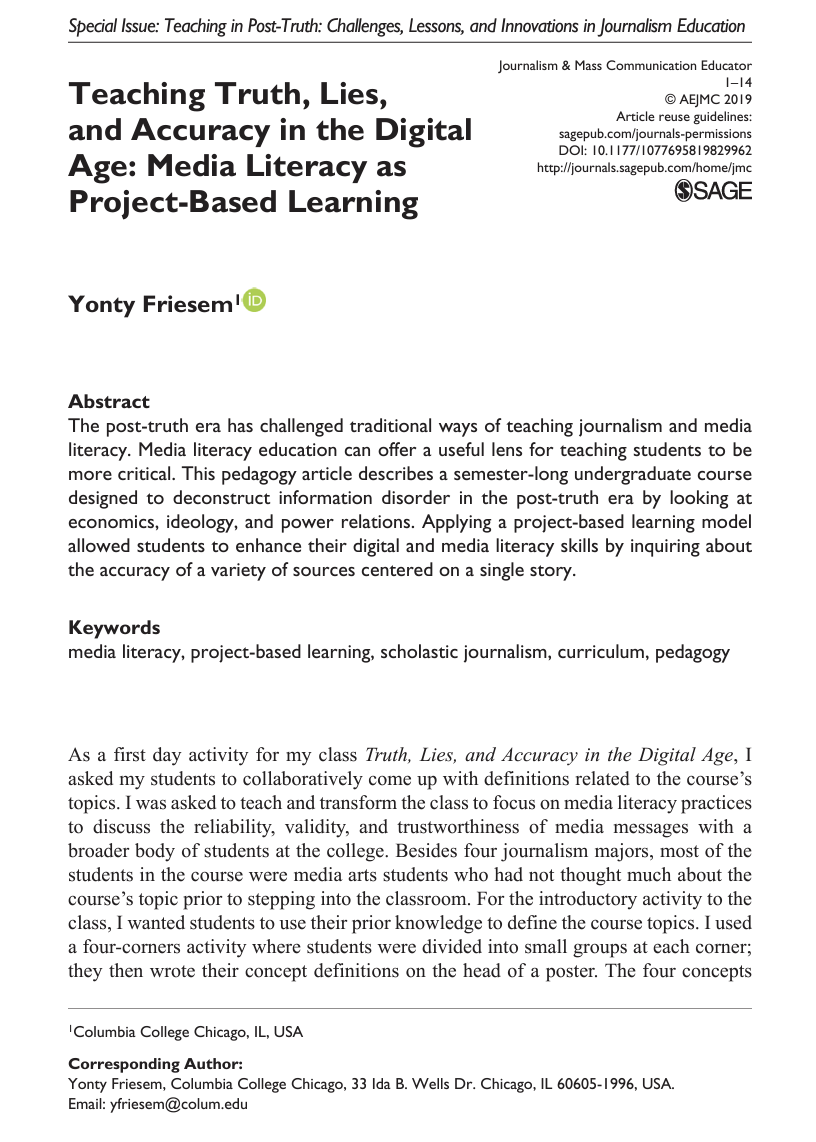
Teaching Truth, Lies, and Accuracy in the Digital Age
Yonty Friesem
2019
Journalism and Mass Communication Educator
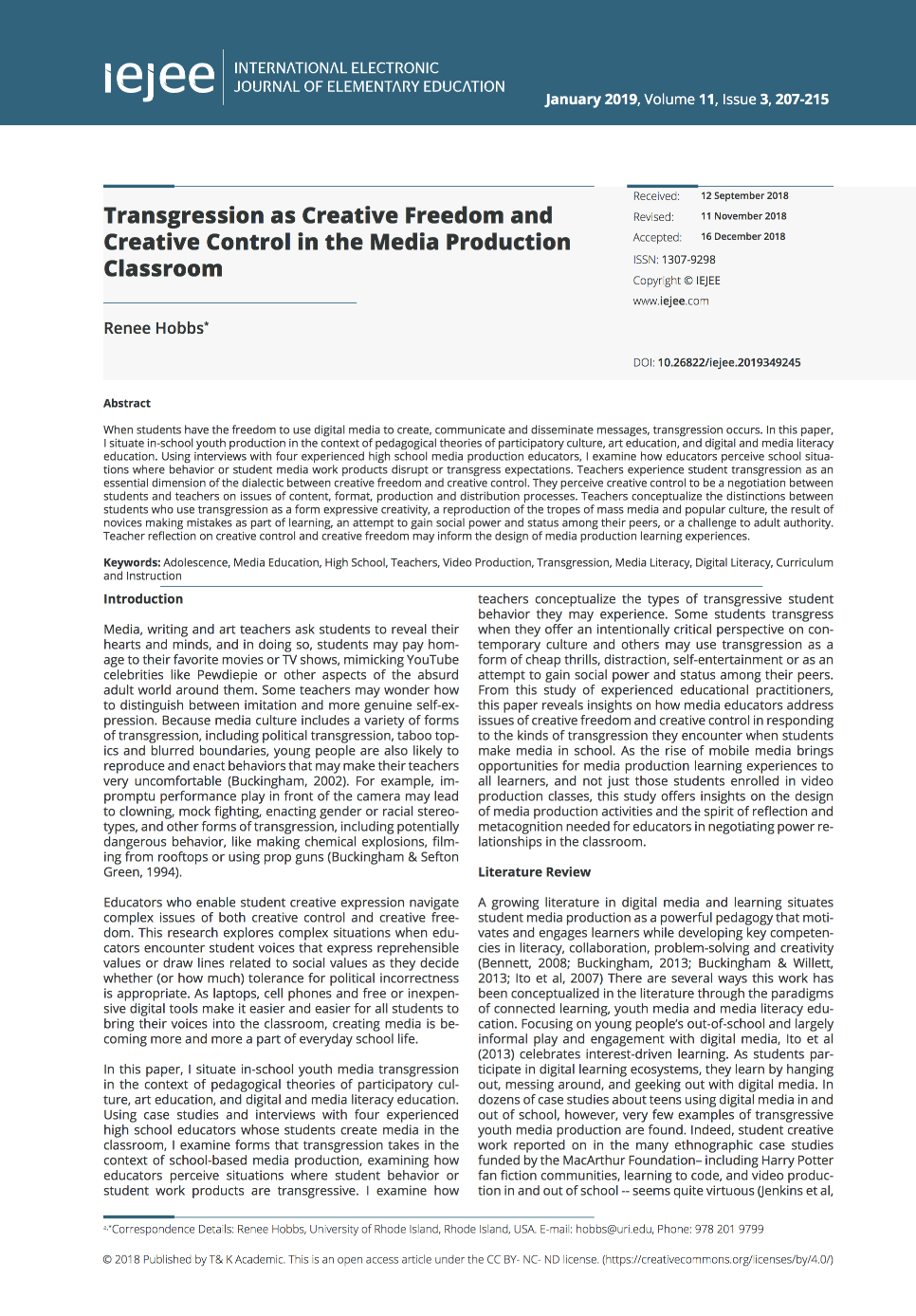
Transgression as Creative Freedom and Creative Control in the Media Production Classroom
Renee Hobbs
2019
International Electronic Journal of Elementary Education
